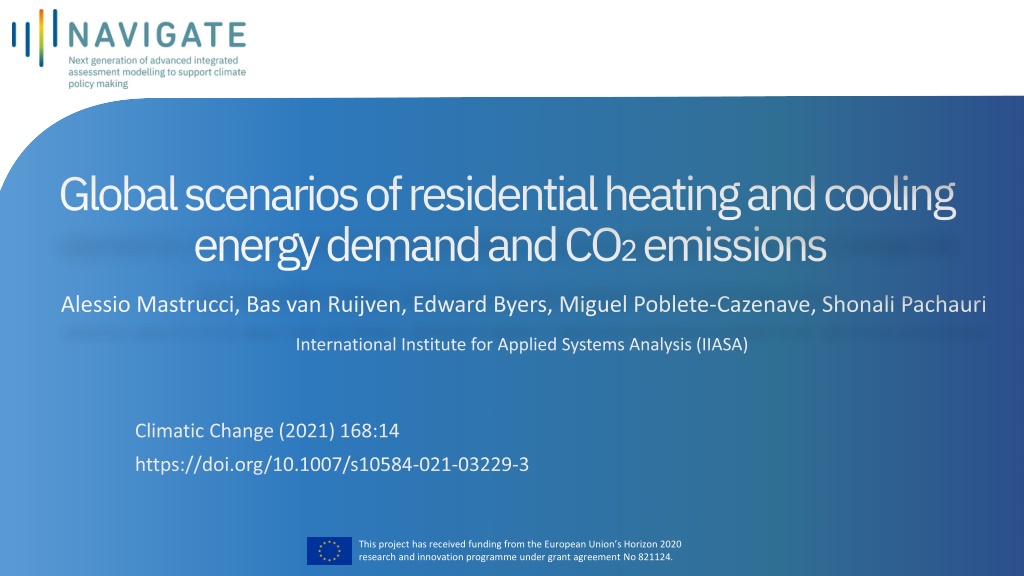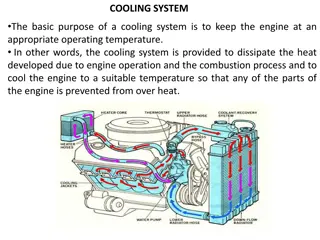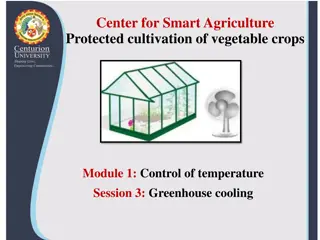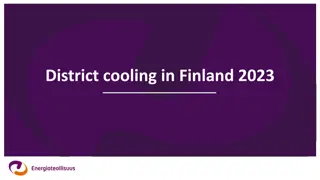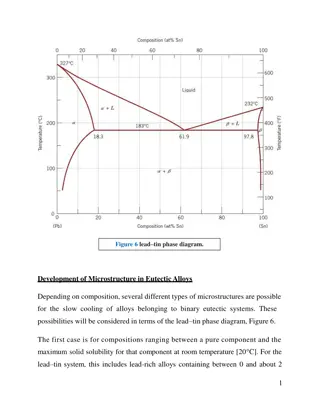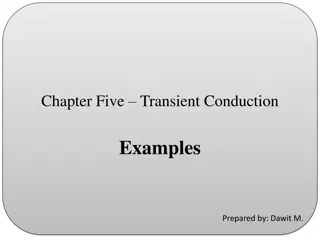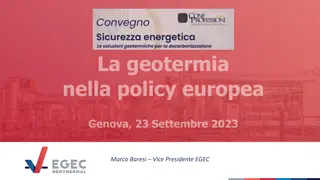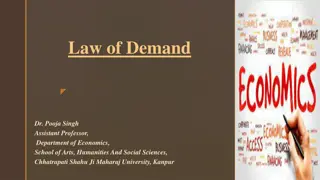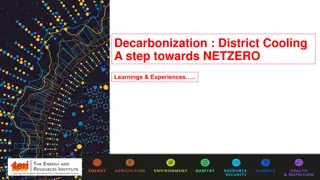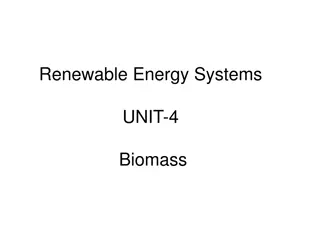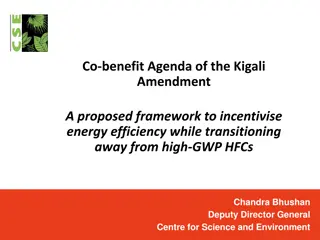Global Scenarios of Residential Heating and Cooling Energy Demand
This study presents global scenarios of residential heating and cooling energy demand and CO2 emissions, focusing on the evolution of building stock, energy demand, and emissions for space heating and cooling. The research aims to address the limitations in current global scenario studies by developing detailed residential building scenarios under different socioeconomic pathways. The findings highlight the significant impact of energy efficiency improvements and electrification on reducing CO2 emissions from space heating while emphasizing the increasing demand for space cooling in developing countries.
Download Presentation

Please find below an Image/Link to download the presentation.
The content on the website is provided AS IS for your information and personal use only. It may not be sold, licensed, or shared on other websites without obtaining consent from the author. Download presentation by click this link. If you encounter any issues during the download, it is possible that the publisher has removed the file from their server.
E N D
Presentation Transcript
Global scenarios of residential heating and cooling energy demand and CO2emissions Alessio Mastrucci, Bas van Ruijven, Edward Byers, Miguel Poblete-Cazenave, Shonali Pachauri International Institute for Applied Systems Analysis (IIASA) Climatic Change (2021) 168:14 https://doi.org/10.1007/s10584-021-03229-3 This project has received funding from the European Union s Horizon 2020 research and innovation programme under grant agreement No 821124.
Introduction Motivations: Buildings account for 36% of global final energy demand and are key to mitigating climate change. Most global scenario studies lack granularity and overlook heterogeneity in the building sector, limiting the evaluation of demand transformations. Objectives: Develop global residential building scenarios for the shared socioeconomic pathways (SSPs) 1 3. Assess the evolution of building stock, energy demand, and CO2 emissions for space heating and cooling with the bottom-up model MESSAGEix-Buildings. This project has received funding from the European Union s Horizon 2020 research and innovation programme under grant agreement No 821124. 2
Methods: MESSAGEix-Buildings model Bottom-up global framework with improved granularity and building dynamics Soft-linked to an integrated assessment model (IAM) Data inputs Projections Building types, slums, floorspace, Variable Degree Days calculated over a spatial grid Ref: Mastrucci et al., 2019 Pre-processing and projections Space heating/cooling demand model Scenario runs Discrete choice models Household decisions on renovation, new construction, and fuel switches based on life-cycle costs (investment, operation, intangible) Material Flow Analysis New constructions and demolitions Ref: Sartori et al., 2016 Building stock turnover model Energy efficiency decision models Linkage with IAM MESSAGEix-GLOBIOM Energy prices Emission factors Aggregation and reporting Output: energy demand and CO2 emissions This project has received funding from the European Union s Horizon 2020 research and innovation programme under grant agreement No 821124. 3
Residential energy demand for heating and cooling Final energy for space heating is dominated by the global North and decreases as a results of progressive energy efficiency improvements, especially in SSP1. Energy for space cooling will double in SSP3 and triple in SSP1 by 2050, driven by population growth, air-conditioning uptake and larger housing size in the global South. A. B. This project has received funding from the European Union s Horizon 2020 research and innovation programme under grant agreement No 821124. 4
Residential CO2 emissions for heating and cooling CO2 emissions for space heating will decrease globally between 34.4 (SSP3) and 52.5% (SSP1) by 2050 under energy efficiency improvements and electrification. CO2 emissions for space cooling will increase globally by 58.2 (SSP1) to 85.2% (SSP3) by 2050, due to the stark rise of cooling demand in developing countries, especially from mid- and high-income households. This study can support further analysis of buildings mitigation strategies and joint assessment with other sectors in IAMs, to inform policies towards reaching global climate and sustainable development targets. This project has received funding from the European Union s Horizon 2020 research and innovation programme under grant agreement No 821124. 5
